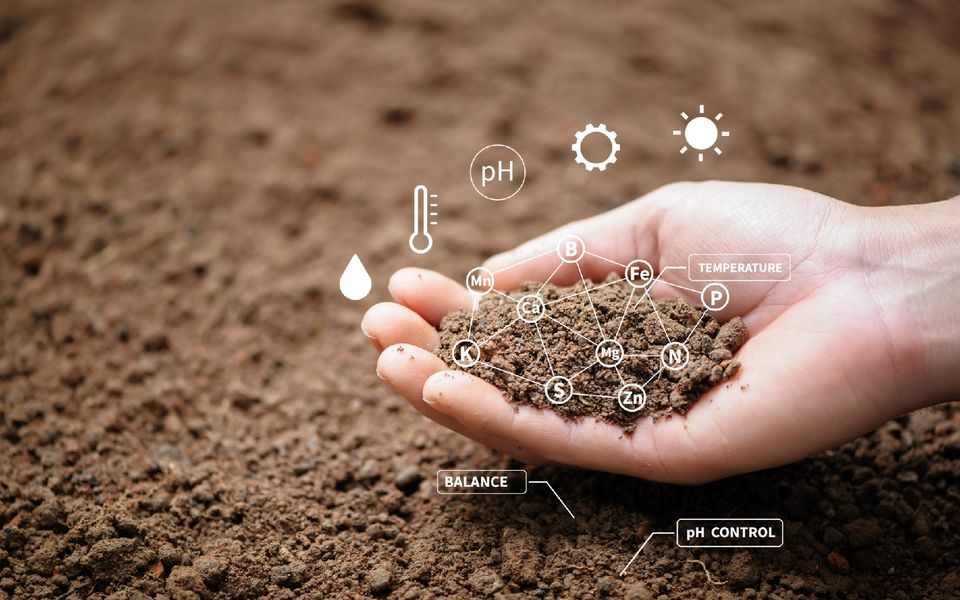March is a transitional month—a time when the chill of winter slowly gives way to the promise of spring. For avid gardeners and beginners alike, it’s the perfect moment to prepare your garden for a season of growth. Whether you’re planning a vegetable patch, a flower bed, or a mix of both, here are the essential plant tasks you simply cannot afford to miss this March.





